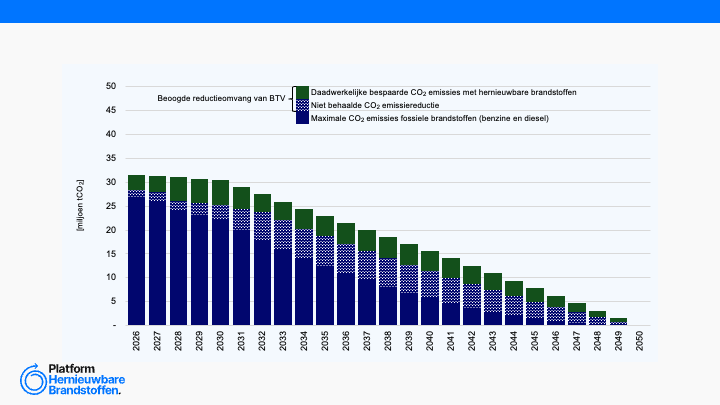State of the Art on Alternative Fuels Transport Systems in the European Union

The Commission adopted on 11 December 2019 the “European Green Deal”. The Green Deal sets the overall ambition of transforming the EU into a fair and prosperous society, with a modern, competitive economy, where there are no net-emissions of greenhouse gases (GHG) in 2050, a decoupling of economic growth from resource use and a preservation of natural capital. Prior to the Green Deal, the Commission analysed possible pathways to a climate-neutral economy as part of the work carried out in the context of the Commission’s proposal for a Long-Term Climate Strategy in line with the Paris Agreement. The analysis demonstrates the needs for substantive efforts in all parts of the economy, also for transport.
The report State of te Art on Alternative Fuels Transport Systems in the European Union presents an update of the state of the art by providing information on their developments in the EU and their market projections towards 2020, 2030 and beyond. It provides an overview of the state of play and future prospects for the production and distribution of alternative fuels in all modes of transport while providing an understanding of the decarbonization potential of different pathways.
This report is the result of a comprehensive literature review on alternative fuels and inputs from public and private stakeholders. Note that the “quantitative analysis of the environmental performance of the different alternative fuels in this report is focused on the reduction of greenhouse gas emissions” and not on other factors. Therefore, other pollutant emissions, the impact on air quality and on biodiversity are out of the scope of this report.
The report starts by providing an overview of the current EU transport fuel supply. It continues to analyze the characteristics, levels of GHG emissions, maturity of technology, costs and potential capacity and production of different kinds of fuels. It then looks into the market development for fuels and their required infrastructure. The report ends by analyzing the potential policy issues for the promotion of alternative fuels in the EU and by looking at the financial mechanisms available. Some key messages are:
- To achieve the Green Deal targets, transport fuels will need to reduce its climate impact by more than 90%.
- Achieving the Green Deal targets requires improvements on the efficiency of the transport system and the ramp up of the “production and deployment of sustainable alternative transport fuels, vehicles and infrastructure in the EU”.
- The main advantages of liquid biofuels arethe relatively high energy density and compatibility with existing vehicles and fuel distribution infrastructure
- There are concerns that the availability of sustainable feedstocks can represent a limiting factor in the expansion of biofuelsand synthetic fuels
- The most recent data available at the time of writing shows that cars powered by alternative fuels accounted for 3.9% of the EU sales in the first quarter of 2019.
- From a mere GHG reduction perspective, the use of hydrogen fuel cells may not lead to any advantages, if the electricity used is not from carbon neutral source.
- To allow the required levels of decarbonization in transport, it is important that the policy frameworks focus on the need for emission reductions, thus allowing alternative fuel technologies to be competitive.
Recente artikelen
Analyse brandstoftransitieverplichting

Nederlandse industrieclusters presenteren bidbook: Een basisindustrie om op te bouwen: nu & in de toekomst



